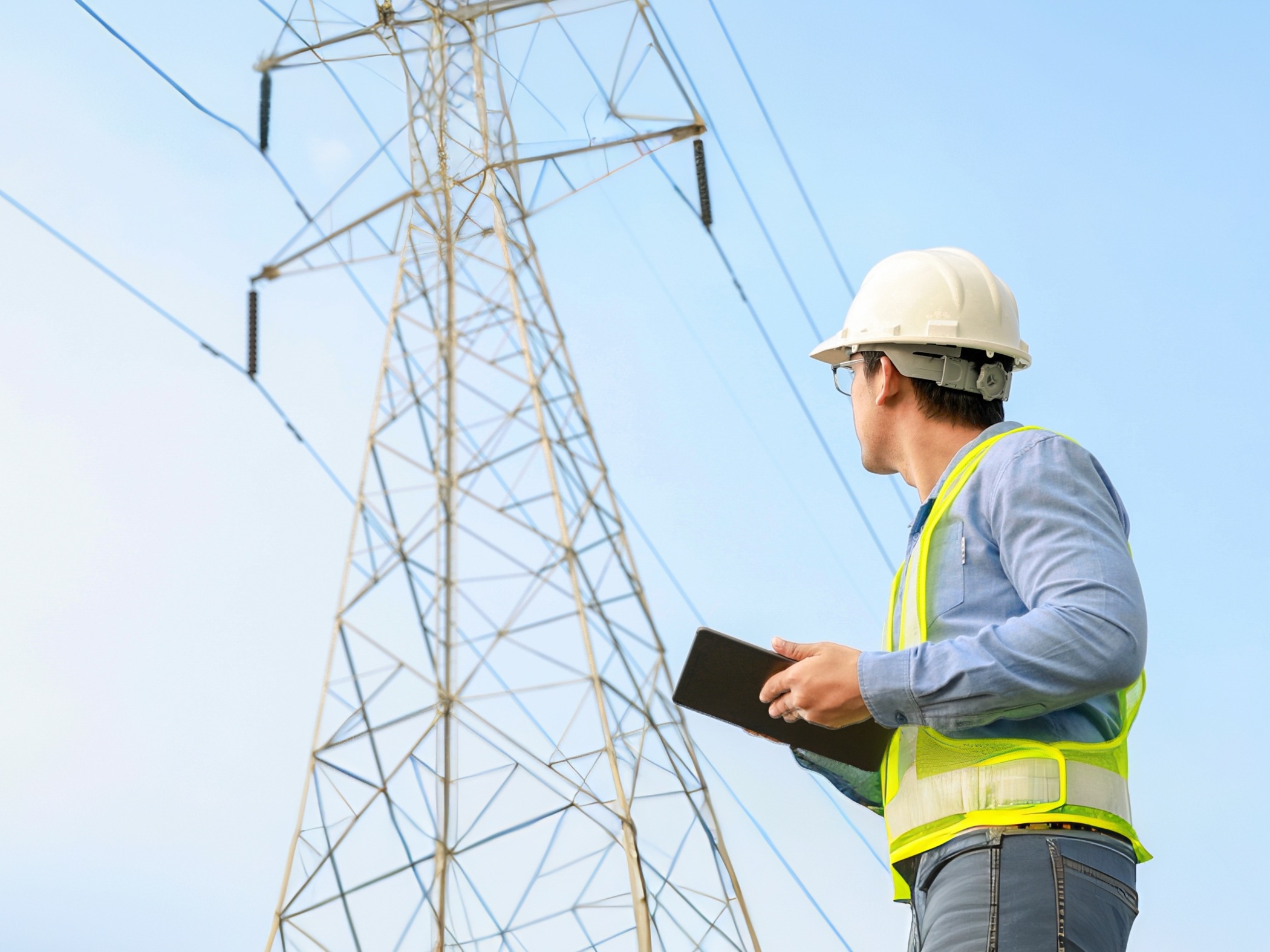The grid has supplied reliable power for decades and energy demand is growing more complex. A smart grid will help power a brighter energy future.
For more than a century, electric utilities have powered businesses through an interconnected network of generation facilities and power lines known as the grid. As the nation has grown, so has the grid. It’s the largest interconnected system on the planet with:
- 11,070 generating stations
- 65,000 utility-scale wind turbines
- 2,500 utility-scale solar photovoltaic (PV) electricity generating facilities
- 600,000 miles of transmission lines
- 5.5 million miles of distribution lines
With changing energy needs in recent years, the demand for electricity is outgrowing the capacity of the transmission system, creating concerns about the reliability and security of the grid and its ability to supply future power requirements.
Technologies powering a smarter grid
The term “smart grid” refers to the digital technology that allows for two-way communication between the utility and its customers.
Advanced metering: Advanced electric meters can be read remotely and pinpoint the location of power outages more precisely. Also, business owners and facility managers can see how much power they’re using in real time and what it’s costing, giving them the information they need to make informed decisions about the best time to operate lighting and equipment.
Sensors: Connected sensors and relay units, known as Phasor Measurement Units, are positioned along transmission and distribution lines to sample voltage and current multiple times per second. Taken together, these measurements offer a better view of the power system over a wide area, providing information to help ease congestion and prevent power disturbances.
Energy storage: Advanced energy storage devices in development or currently in use include lithium-ion batteries, flywheels, pumped hydro, flow batteries and compressed air. These technologies can help make the grid more reliable, secure and efficient. They can help avoid costly investment in new infrastructure to meet energy demand, as well as enable the integration of renewable energy sources into the grid.
Distributed energy: Distributed energy sources — fuel cells, microturbines, wind power, solar and other forms of renewable energy — will be integrated into the grid with emerging smart technologies that will allow them to interact more easily with the existing power infrastructure, increasing capacity and reducing costs if implemented correctly. The development of microgrids — which often supply power to business parks and shopping malls — is an important innovation in this area.
Artificial intelligence: Connected artificial intelligence (AI) technologies like machine learning, data analytics and the Internet of Things (IoT) enable smart grids to manage far more complex power generation and distribution. For example, data from advanced metering infrastructure can be combined with AI-driven predictive analysis to more accurately forecast power demand and renewable energy generation.
A brighter energy future
The smart grid will monitor the supply of electricity and how it’s used, while enhancing interaction between energy companies and their business customers. Developing the smart grid, however, is not as simple as just shutting down the transmission system and installing a few updates. It’s an ongoing process with many issues to be resolved.
As these issues are worked out and advanced technologies are implemented, the smart grid has the potential to be the springboard for an enormous range of innovations, helping to make your business more productive and enabling you to lower operating costs through better energy management.
See the U.S. Department of Energy’s Smart Grid website for more information on the latest technologies and updates on smart grid developments.
